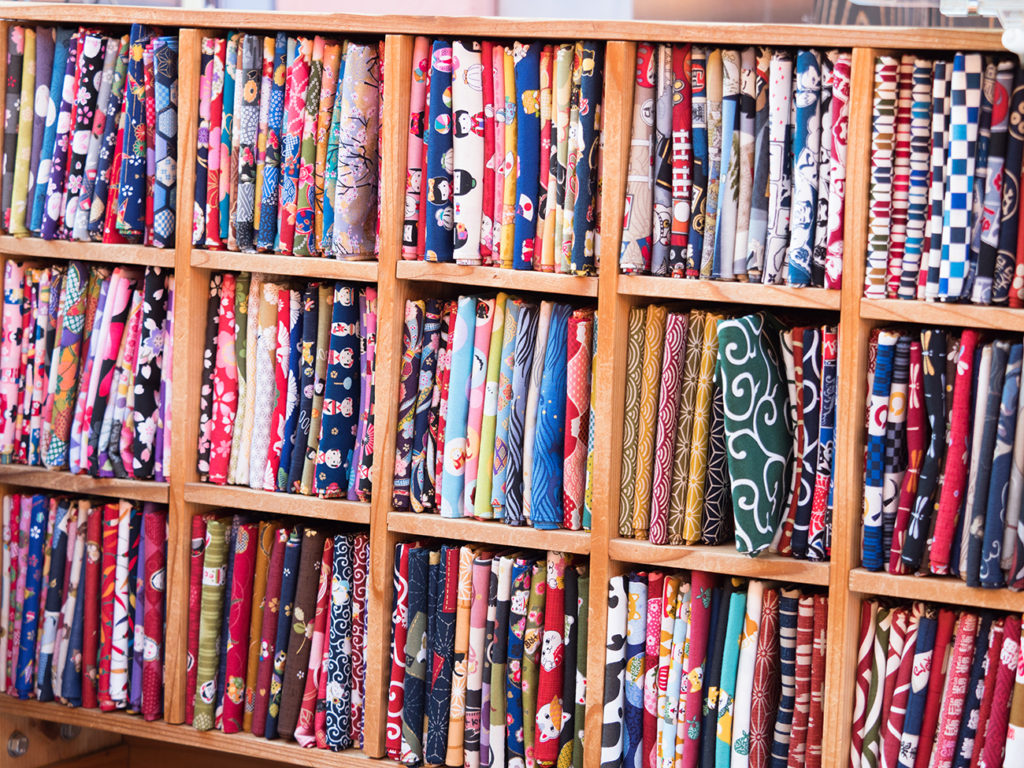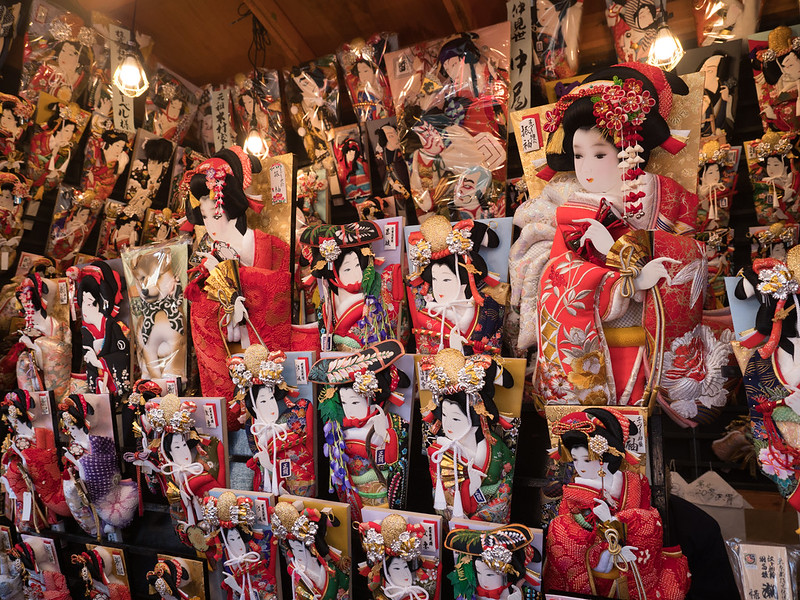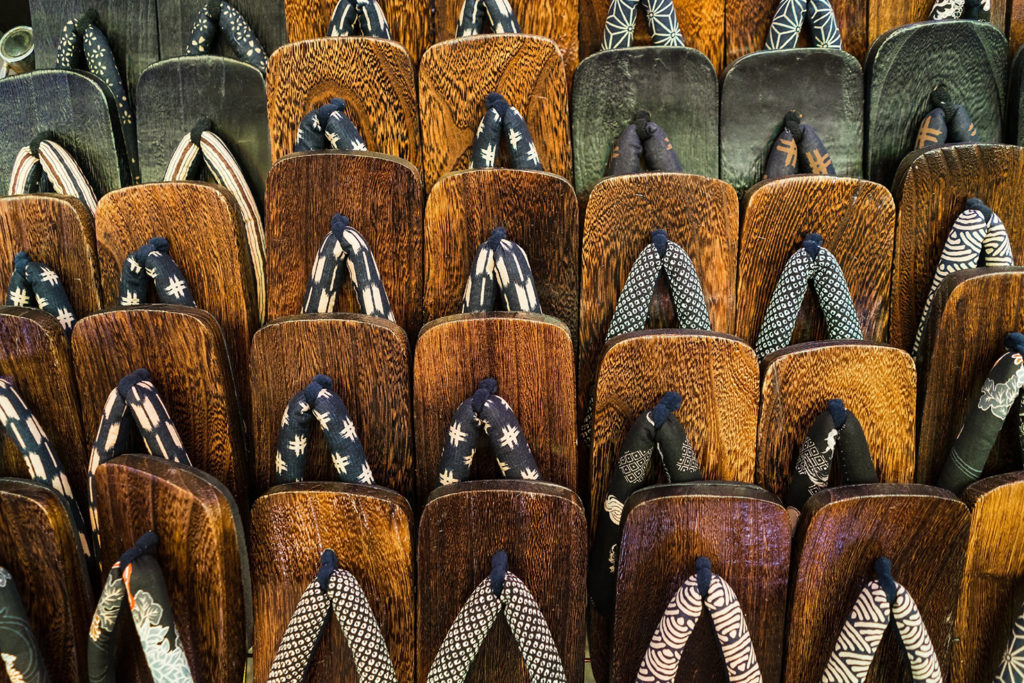
Unique Non- Food Japanese Souvenirs
Travelling to new places introduces us to other cultures and wondrous sights, out of which we create memories that we can look back on. Whenever visiting a new country or place, we almost always want to take back home with us souvenirs either to give as presents to family and friends or to keep for ourselves. These keepsakes remind us of the places we’ve been to, the people we’ve met along our travels, and their unique way of life. In Japan, souvenirs are called omiyage. There are many kinds of omiyage that would be great to take home.
Here are a few Japanese souvenirs:
Hagoita ornaments.
Hagoita – these are Japanese wooden paddles used in the traditional game hanetsuki. The game, something like badminton, is usually played during the New Year. Hagoitas have intricate designs and are usually rectangular, lacquer-painted with conventional Japanese symbols and characters from kabuki dramas, and decorated with silk collages. They continue to be a decorative item in many Japanese households.
Daruma dolls – one of many traditional Japanese dolls, daruma dolls are spherical in shape with red bodies, white faces, and no pupils. They typically represent Bodhidharma, the founder of Zen Buddhism. Daruma dolls are supposed to bring good fortune, prosperity, and fortitude to reach goals.
Tenugui – a traditional plain-woven Japanese hand towel. What makes it unique are the different colorful printed patterns. Tenugui is often made of cotton but is smooth in texture, unlike Western terry cloth hand towels. It can be used to dry your hands or body, as a dish cloth, or even as an apron. The tenugui is also a popular head covering in kendo (martial art form) where it functions as a sweatband and extra padding under the headgear. Multipurpose—very sustainable!
Jubako – these lacquered lunch boxes are used for special occasions like New Year. Three to five layers of lacquer coat the beautifully decorated containers that can also be used as picnic lunchboxes.
Geta
Geta – these are traditional Japanese wooden flip-flops with a cloth thong called hanao. Hanao are made with many types of materials like silk, leather, or cotton. Getas are usually worn with a yukata, the less formal traditional Japanese kimono-type clothing, or even with conventional clothes.
Edo Kiriko cut glass – an original Japanese art-craft founded by the Japanese artisan Kyubei Kagaya. He began exploring the technique of cutting patterns into the surface of glass during the Meiji period about 130 years ago. By combining Western glass cutting techniques with traditional Japanese style, he created original designs and patterns such as chrysanthemum flowers and hemp leaf.



